How to Use Quadspinner Gaea for Minecraft
Something that has been floating around the Minecraft community for a while, with little documentation is Quadspinner Gaea. While Gaea gets a lot of documentation for game development, there’s not a lot out there to help with Minecraft, which is something that I believe could be fixed. Gaea is a very complex engine, but I don’t believe that the world needs something that complex. As someone who has figured out how to fully use Gaea, I will explain how to use Gaea to make Minecraft Maps.
For Infinite generation, we recommend our tutorial on How to Make a World Generation Algorithm in Bukkit/Spigot
What is Quadspinner Gaea?
Quadspinner Gaea can be seen as a successor to many world generation programs for game development. Many of those programs in the past have been used in conjunction with WorldPainter to create some of the most beautiful maps available in Minecraft. Gaea is arguably far superior than others, and if used correctly, can create maps that stun both the maker and the viewer. It can be downloaded here: https://quadspinner.com.
Gaea is a premium program, but it’s possible to make smaller maps in it for free, and I recommend trying it out to make sure it suits your ambitions before paying, as it’s quite expensive (but luckily, at time of writing, not a subscription service).
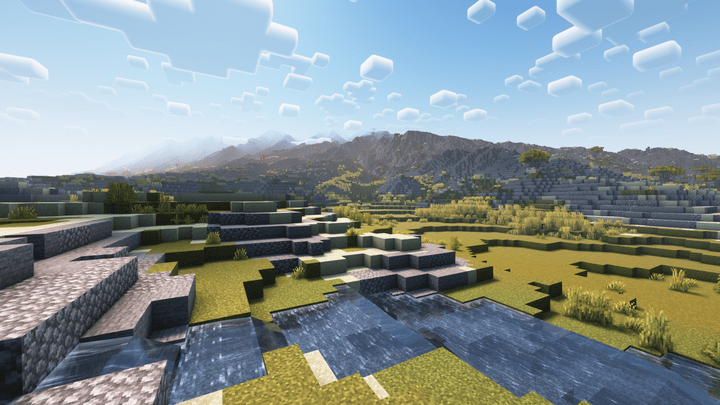
While Gaea has great potential, when looking at the publicly-available maps, it seems not many are particularly popular, and not many people have fully figured out how to connect both Minecraft and Gaea. That’s what I would like to show people.
Starting Gaea
Once Quadspinner Gaea is downloaded and installed to create maps in Minecraft, you will see before you several different modes and presets. Depending on what you want to do, it may make sense to choose one of those modes to start off with, and go from there. If you choose one of those modes, you may want to skip the next section, but it’s probably advisable to read so you understand how the noise actually works.
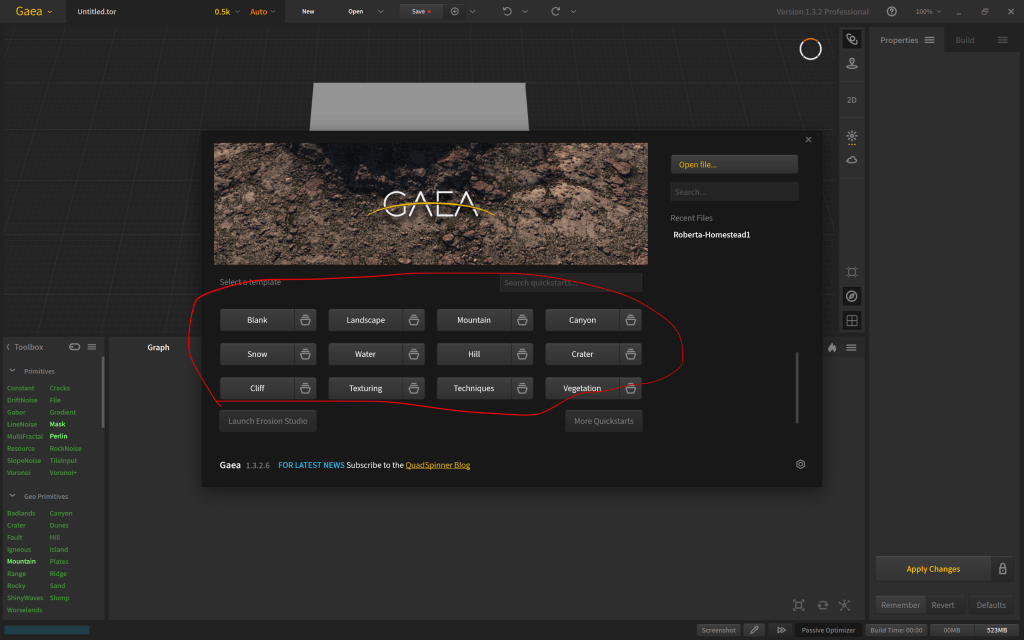
Making your Heightmap
Next, you will want to figure out how to create the raw height map with Gaea. If you selected one of the presets, that will already be done for you. If you haven’t, you will want to start out with one of the primitives. Take one of the primitives on the very top of the selector on the bottom-left, and drag it to the workflow.
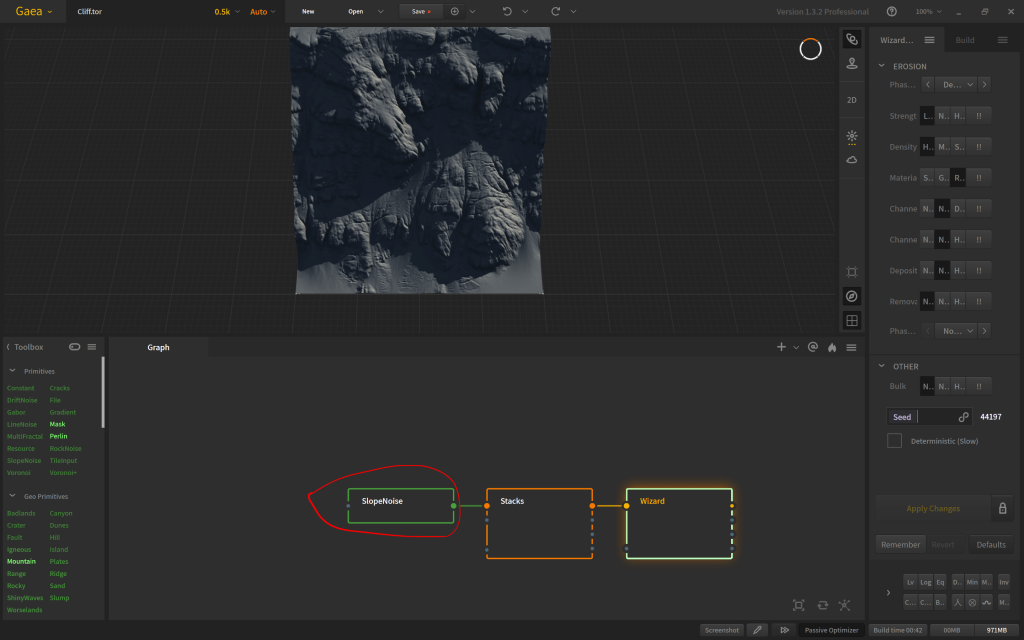
As you can see in the above image, you may now want to experiment with some of the things listed in LookDev, before doing Erosion.
How to do Erosion in Quadspinner Gaea for Minecraft
While there are many options for Erosion, it is generally best to use the Wizard, as that has the capabilities of many of the other options, and is easier to play around with. Using the Wizard, you can see options on the right-hand side of the screen. Those options can be fiddled with easily, to find the desired look and feel of the land.
Further Tuning
Once your heightmap is finished in Gaea to import to WorldPainter for Minecraft, you can fiddle around with any of the options beneath. I recommend snow, arboreal, and other options such as outcrops. It may be useful to know what the next step is before fiddling with these. These options should branch out, each from your Wizard.
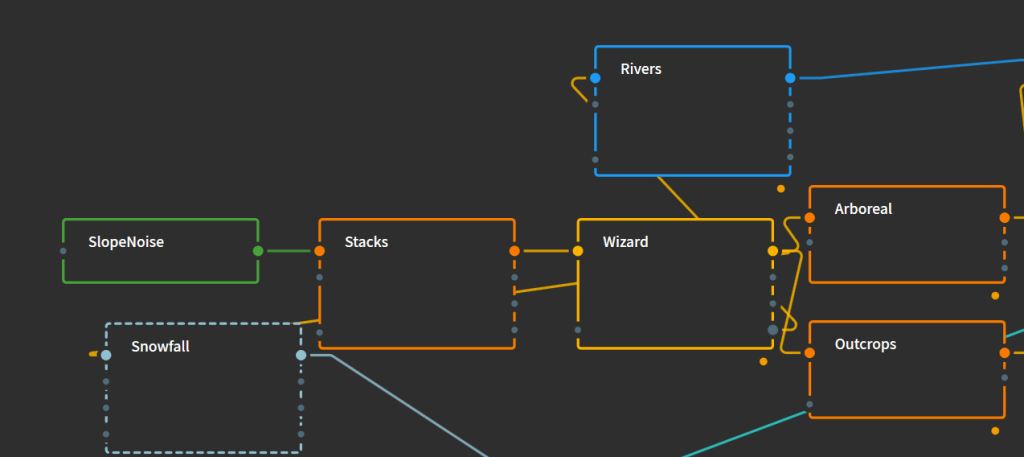
Building
Right-click both your Wizard option and any others that were added while Further Tuning. Then click “Mark for Export.”
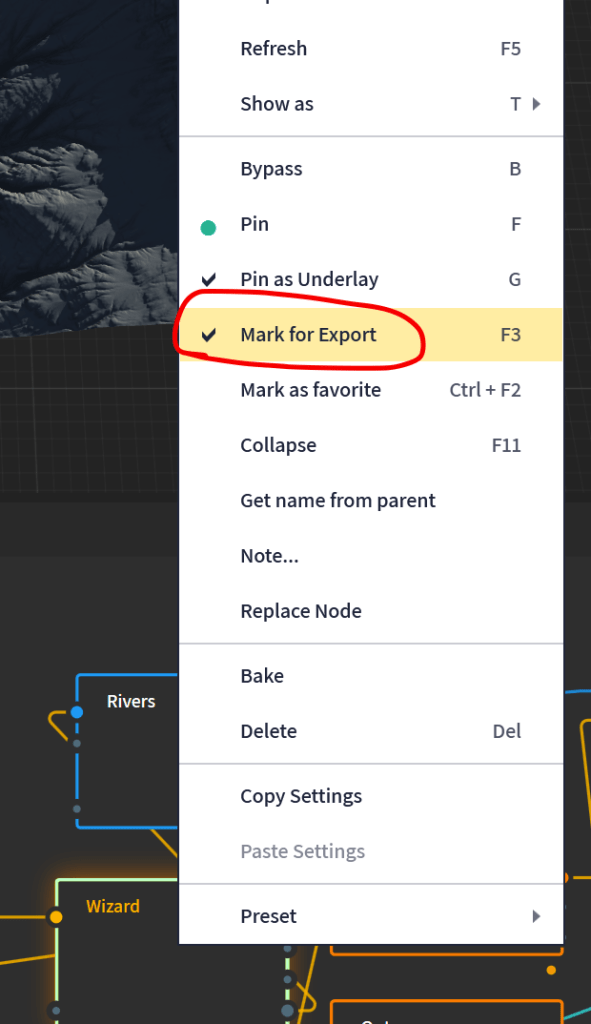
To build, go to the top-right and click “Build.” Set all to .tif, and then click “Start Build.”

This will open up a Terminal window, and the building of the images will take place. Once it’s done, you can move onto WorldPainter.
Setting up WorldPainter
To begin with, before you do anything else, you need to import all the images into your Custom Brushes folder. Go to Tools > Open Custom Brushes Folder > Drag and drop all your custom brush images into that folder.
NOTE: For Newbs, WorldPainter can be downloaded on their website.
To create the world with the actual heightmap, WorldPainter unfortunately cannot use .tif. Instead, take the image you want to use for your heightmap (likely Wizard), and convert to .png with your favorite converter (I prefer to use ImageMagick).
Creating the Minecraft World from Quadspinner Gaea in WorldPainter
To create the world, open WorldPainter, go to File > Import New World > From Heightmap. That will allow you to open the new .png file for the heightmap and create a world. I won’t dictate how the world should look and the dimensions, as that can change depending on the map itself.
Populating the Minecraft World with Gaea Features
In order to populate the world itself, you will want to use those custom brushes. Use the scroll key after clicking the spray paint button and the custom brush to expand to the size of the map. Then, click on the world and watch it populate with your preferred features! While Gaea does not necessarily support biomes, you can add those manually with WorldPainter. The map user will likely not even notice.
Note on Large Worlds
On worlds that are larger than the brush can normally stroke, it may be challenging to make the brush the size of the world. Instead, go to WorldPainter Settings > Defaults > Set the Maximum Brush Size to half the world size.
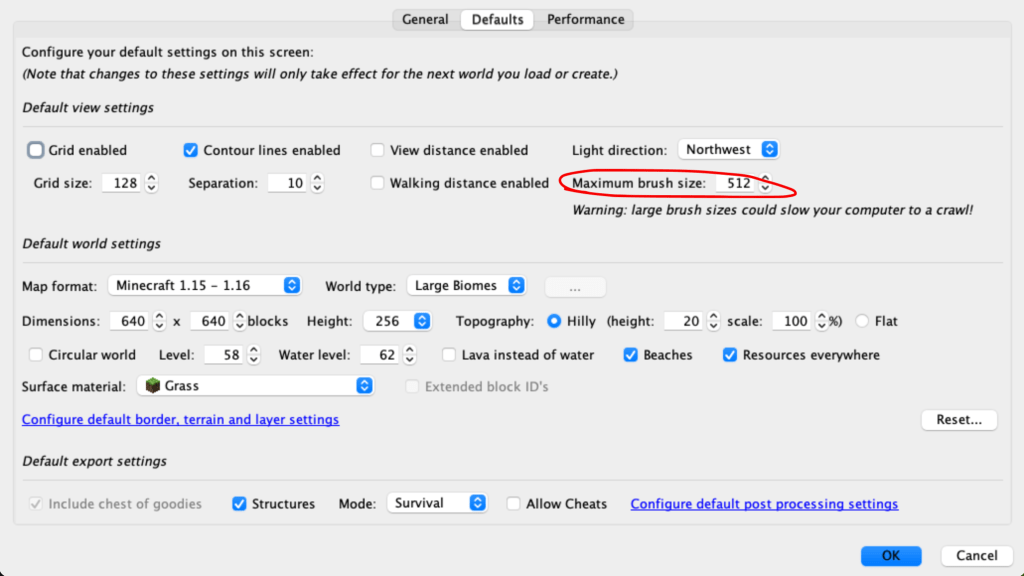
Conclusion
This is the basic tutorial you need to understand how to make Minecraft maps in Quadspinner Gaea. There is documentation on using both Gaea and WorldPainter on their respective websites.
Also, if you’re doing this for a server, consider checking out our tutorial How to Have a Live Dynamic Map of Your Minecraft Server which will make the Gaea world even more appreciated.
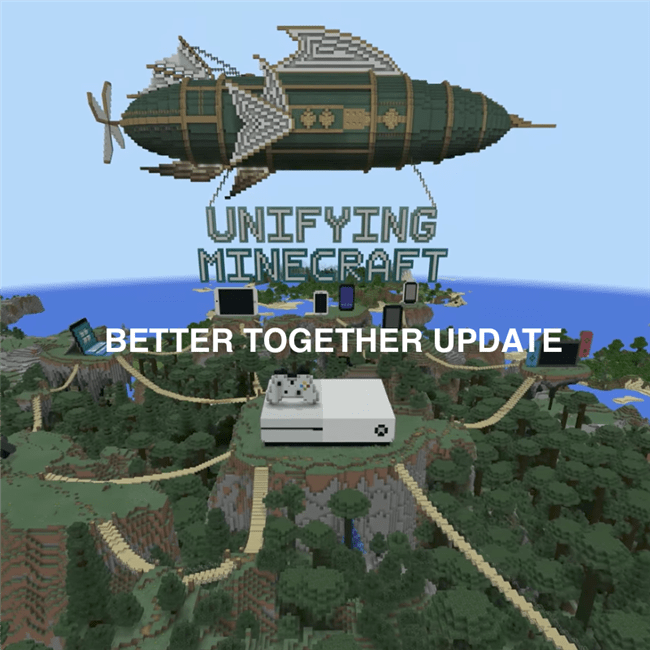
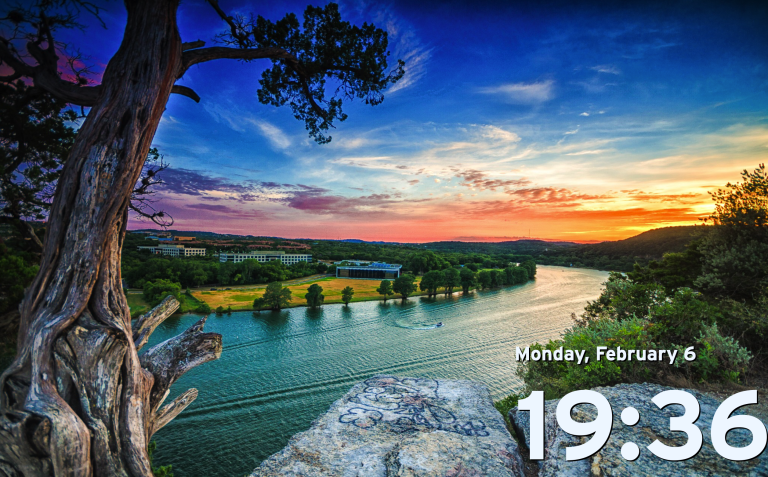
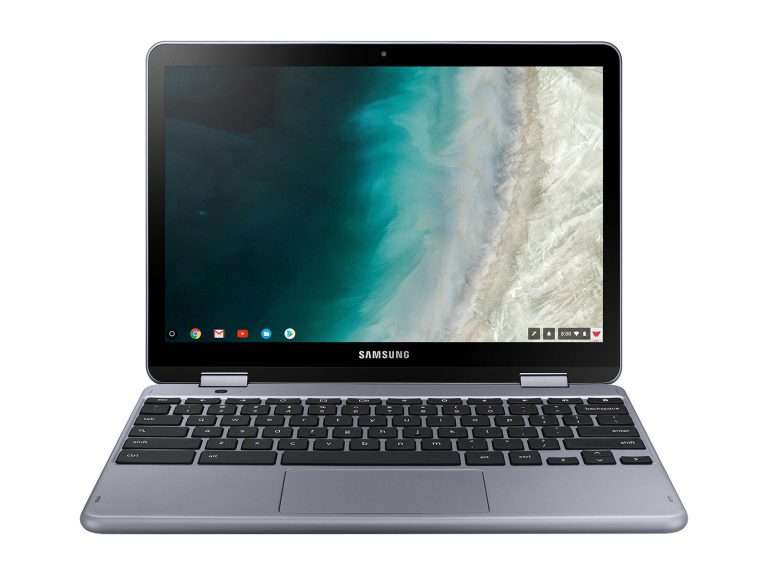
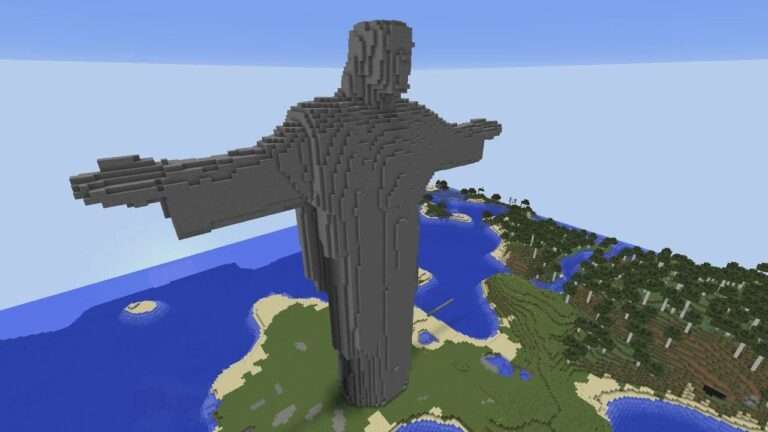

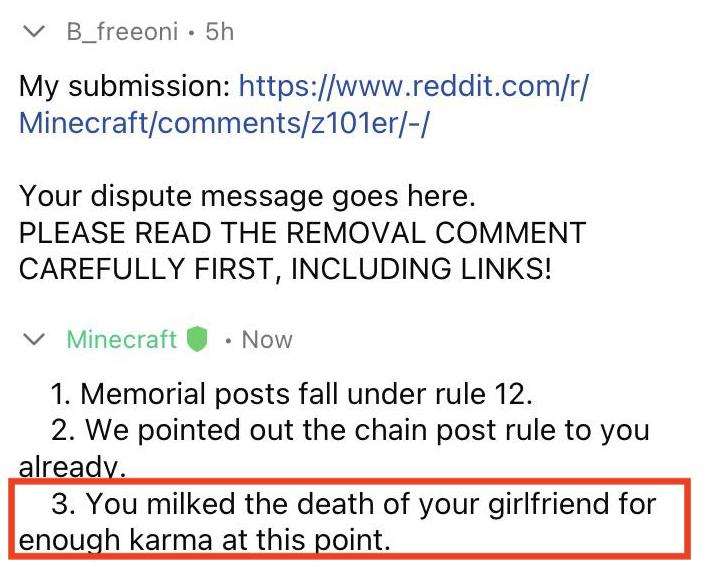
What is the benefit of using a different software to convert to png when you can just export through gaea as a png instead of tif, just wondering if there actually is a difference because Gaea is really not scaling properly despite my best efforts and what I thought was correct.
Lets say I wanted to create a 2048×2048 (I have the prof version of Gaea), for minecraft use I would set the gaea dimensions to be 2048 and the height as 384 (Minecrafts height, 64+320), and then when i export it I make sure to use the Raw option, which has worked for me in the past, but now for some reason it doesnt work anymore.
Would you be able to maybe point out some flaws in my method that could be screwing up the scaling?
Thanks
-Brayden
Brayden,
Thanks for reaching out.
I normally scale within WorldPainter, instead of Gaea. I find that it’s best to let WorldPainter have the most leeway possible, and the fractions can be done there.
Additionally, you may want to make adjustments to sea level within WorldPainter that you can’t necessarily do with Gaea.
In short, in Gaea give as much y level adjustment as it allows by default, and then shrink it down to what may be wanted with WorldPainter in the import settings.
Happy mapmaking!